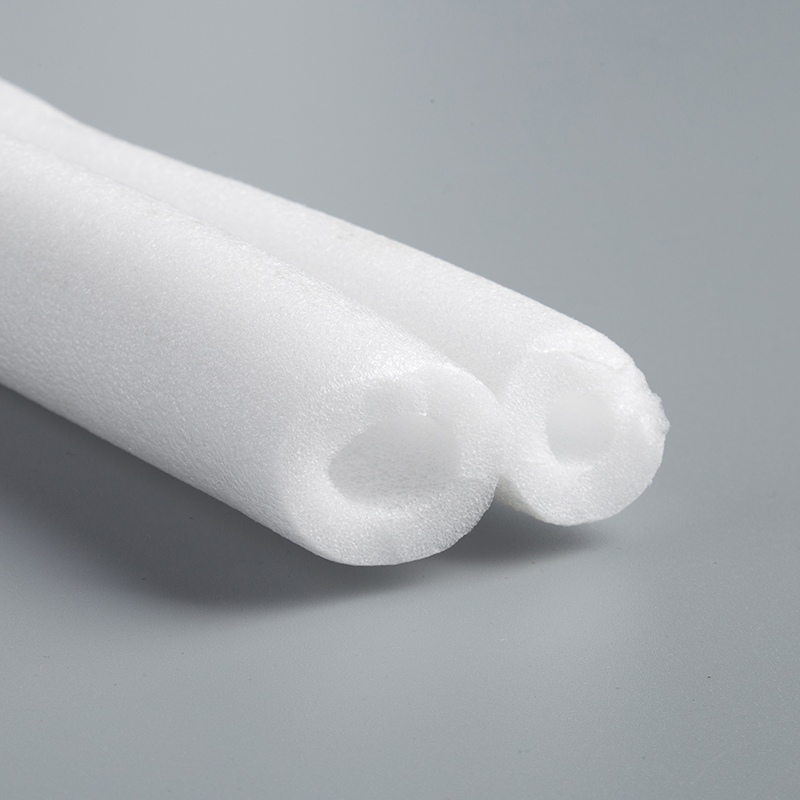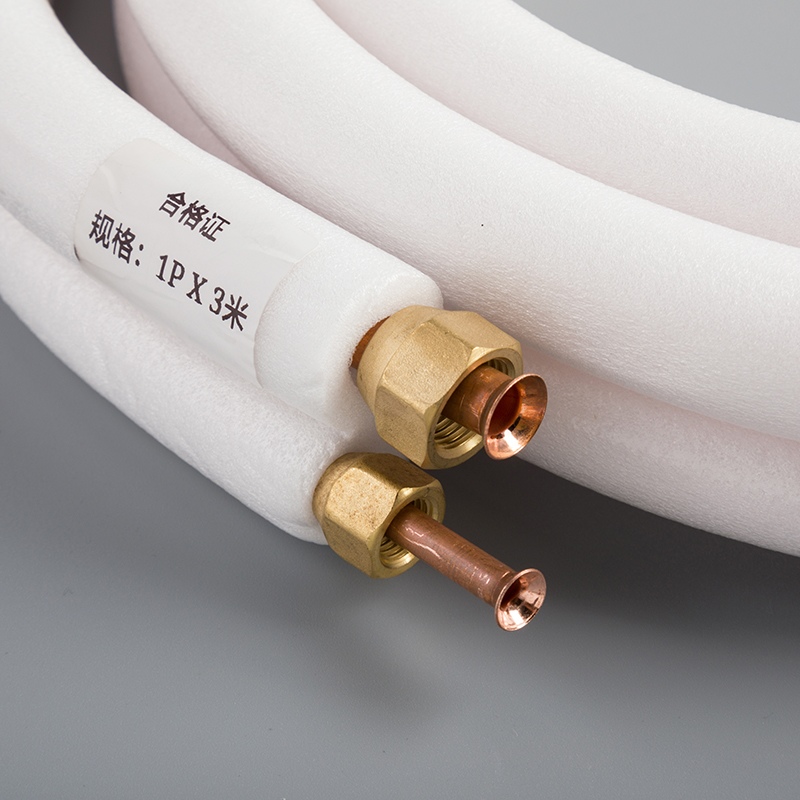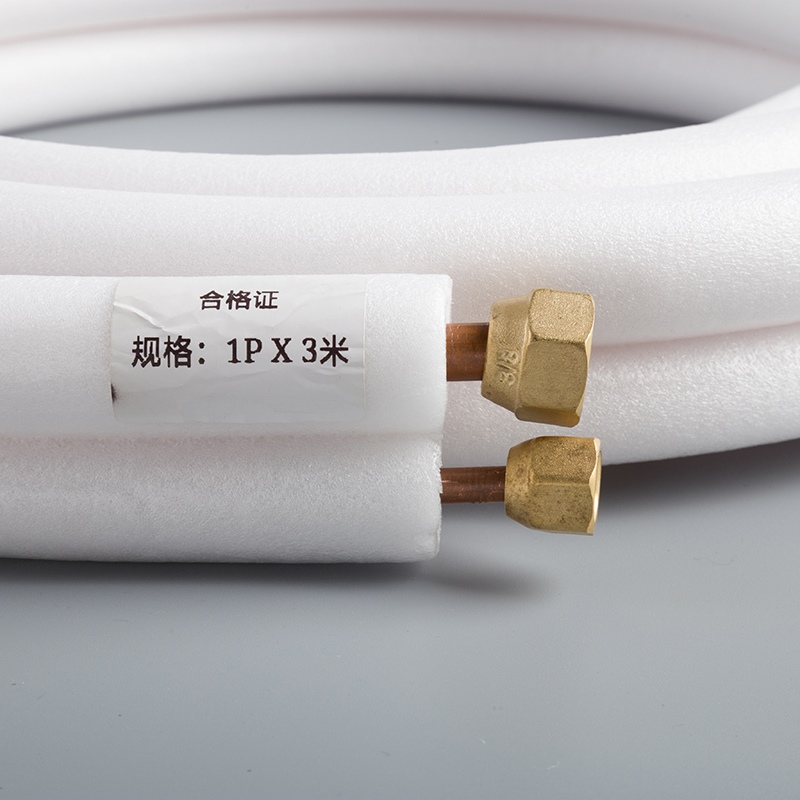How to Measure Copper Pipes with Precision

Accurate measurements are crucial when working with copper pipes, as even minor errors can result in poor fittings or leaks. To achieve precision, it’s important to use the right tools and techniques. This not only saves time but also helps avoid expensive mistakes. For instance, if you were to rite a 'Tips' blog post on 'Tips for measuring and installing copper pipes,' you would highlight how using proper tools and methods can significantly impact the success of the installation process.
Key Takeaways
Use proper tools like rulers and calipers to measure pipes.
Check your measurements twice to avoid errors and get a good fit.
Don’t guess; measure exactly to stop leaks or bad fittings.
Essential Tools for Measuring Copper Pipes

Measuring Tape
Features and Benefits
A measuring tape is one of the most commonly used tools for measuring copper pipes. Its flexibility allows you to measure both straight and curved sections of a pipe. Most measuring tapes come with clear markings in both inches and centimeters, making them versatile for different measurement systems. They are lightweight, portable, and easy to use, making them a go-to tool for quick measurements.
How to Use Effectively
To use a measuring tape effectively, ensure that the tape is pulled taut and lies flat against the pipe. Avoid twisting or bending the tape, as this can lead to inaccurate readings. For curved sections, wrap the tape snugly around the pipe and note the measurement where the tape overlaps. Always double-check your readings to ensure accuracy.
Calipers
Types of Calipers
Calipers are ideal for precise measurements of copper pipes. There are several types available:
Spring Point Calipers: These have spring-loaded jaws, making them perfect for quick inside measurements.
Vernier Calipers: Known for their precision, they can measure inside, outside, and depth dimensions.
Dial Calipers: These simplify the process by providing direct readouts on a dial, eliminating the need for manual calculations.
Using Calipers for Measurement
To measure a copper pipe, position the caliper’s jaws around the section you want to measure. For outer diameter, place the jaws on the outside of the pipe. For inner diameter, flip the caliper and use the smaller jaws inside the pipe. Read the measurement from the scale or dial, depending on the type of caliper you are using.
Digital Calipers
Advantages of Digital Calipers
Digital calipers offer several advantages over traditional calipers. They provide precise electronic readouts, making it easier to read measurements without guesswork. You can switch between units, such as inches and millimeters, with the press of a button. Features like zeroing at any point along the slide allow you to take differential measurements, which is especially useful for complex projects.
Step-by-Step Usage Guide
Turn on the digital caliper and ensure it is set to zero.
Place the jaws around the pipe’s outer or inner surface, depending on what you need to measure.
Adjust the jaws until they fit snugly against the pipe.
Read the measurement displayed on the screen.
If needed, switch the unit of measurement for convenience.
Digital calipers are particularly useful for measuring both the outer and inner diameters of copper pipes with precision. Their ease of use and accuracy make them a valuable tool for any project.
Measuring the Outer Diameter

Using a Measuring Tape
Wrapping the Tape Around the Pipe
To measure the outer diameter of a copper pipe with a measuring tape, you need to start by determining the pipe's circumference. Follow these steps for accurate results:
Wrap a flexible tape measure snugly around the pipe. Ensure it lies flat without any twists.
Record the circumference measurement where the tape overlaps.
Divide the circumference by pi (3.14159) to calculate the outer diameter.
If you don’t have a flexible tape measure, use a piece of string instead. Wrap the string around the pipe, mark the overlap point, and measure the string with a ruler. For a direct measurement, place the tape across the pipe from one outer edge to the other. Keep in mind that the actual outer diameter is slightly larger than the nominal pipe size.
Ensuring Accuracy
Accuracy is key when using a measuring tape. Always double-check your measurements to avoid errors. Hold the tape firmly and ensure it doesn’t shift while measuring. For curved or uneven sections, take multiple readings and use the average for precision.
Using Calipers
Positioning the Calipers
Calipers provide a precise way to measure the outer diameter of copper pipes, especially when the pipe is already installed. To begin, position the caliper around the pipe. Close the caliper’s wings tightly so all contact points touch the pipe’s surface. This ensures a secure fit and an accurate reading.
Reading the Measurement
Once the caliper is in place, read the measurement displayed on the scale or digital screen. Calipers are easy to use and versatile, allowing you to measure both the outer and inner diameters. Their precision makes them an excellent choice for projects requiring exact dimensions.
Tip: Always handle calipers carefully to maintain their accuracy and longevity. Regular calibration ensures consistent results.
Measuring the Length of the Pipe
Accounting for Fittings
Importance of Including Fittings
When measuring the length of a copper pipe, you must account for any fittings. Fittings, such as elbows or couplings, add to the overall length of the pipe. Ignoring them can lead to incorrect measurements, which may cause issues during installation. Including fittings ensures that the pipe fits perfectly into your system without gaps or misalignments. This step is especially important when following tips for measuring and installing copper pipes, as precision is key to avoiding costly mistakes.
Adjusting Measurements Accordingly
To adjust for fittings, measure the depth of the fitting where the pipe will be inserted. Add this depth to the pipe’s length to get the total measurement. For example, if the fitting adds 1 inch and the pipe measures 10 inches, the total length should be recorded as 11 inches. Always double-check these measurements to ensure accuracy.
Tips for Accurate Length Measurement
Making Scratch Marks
Marking the pipe with a scratch or pencil line helps you keep track of your measurements. Use a ruler or measuring tape to mark the exact spot where the pipe needs to be cut. This simple step prevents errors and ensures precision.
Keeping the Tape Straight
When measuring, hold the tape straight along the pipe’s length. A bent or twisted tape can result in inaccurate readings. For longer pipes, ask someone to hold the other end of the tape to keep it aligned.
Avoiding Bends
Avoid measuring pipes with bends or curves unless absolutely necessary. If the pipe has a bend, measure each straight section separately and add the lengths together. This method provides a more accurate total length.
By following these tips for measuring and installing copper pipes, you can ensure that your measurements are precise and your installation process goes smoothly.
Tips for Ensuring Measurement Accuracy
Double-Checking Measurements
Importance of Verification
Double-checking your measurements ensures accuracy and prevents costly mistakes. A small error in measuring copper pipes can lead to poor fittings or leaks. By verifying your measurements, you confirm that the pipe will fit perfectly into your system. This step is especially important when following tips for measuring and installing copper pipes, as precision is key to a successful project. Taking the time to double-check saves you from rework and wasted materials.
Methods for Double-Checking
You can double-check your measurements using a few simple methods. First, measure the pipe twice using the same tool, such as a measuring tape or calipers. Compare the results to ensure consistency. Second, use a different tool to cross-verify the measurement. For example, if you used a measuring tape initially, confirm the reading with calipers. Finally, ask a second person to measure the pipe independently. This provides an additional layer of verification.
Avoiding Estimation
Risks of Estimation
Estimating measurements instead of taking precise readings can lead to significant problems. An incorrect estimate might result in pipes that are too short or too long, causing delays and additional expenses. Estimation also increases the risk of leaks or improper fittings, which can compromise the entire system. Avoiding estimation is crucial when applying tips for measuring and installing copper pipes.
Strategies for Precision
To achieve precision, always use the right tools for the job. Ensure your measuring tape or calipers are in good condition and properly calibrated. Take your time to measure carefully, and avoid rushing through the process. For longer pipes, consider using a helper to hold the other end of the tape straight. If you’re unsure about a measurement, repeat the process until you’re confident in the result. These strategies help you maintain accuracy and ensure a smooth installation process.
Accurate copper pipe measurements require attention to detail. Always double-check your work to avoid errors. Never rely on estimation, as it compromises precision. Follow these steps for success:
Understand copper tubing dimensions.
Use the right tools.
Measure outside and inside diameters.
Account for bends and imperfections.
Take your time and measure carefully.
FAQ
How do you measure the inner diameter of a copper pipe?
Use calipers. Insert the smaller jaws inside the pipe. Adjust until they fit snugly. Read the measurement on the scale or digital display.
What is the difference between nominal and actual pipe size?
Nominal size refers to the pipe's approximate size for identification. Actual size measures the true outer or inner diameter, which may differ slightly.
Can you measure a pipe without calipers?
Yes, use a measuring tape. Wrap it around the pipe to find the circumference. Divide the circumference by 3.14159 to calculate the outer diameter.
Tip: Always double-check your measurements for accuracy.
See Also
Simple Techniques for Accurately Measuring Copper Pipes
A Beginner's Guide to Measuring Copper Pipe Effectively
Step-by-Step Instructions for Measuring Copper Pipe at Home

